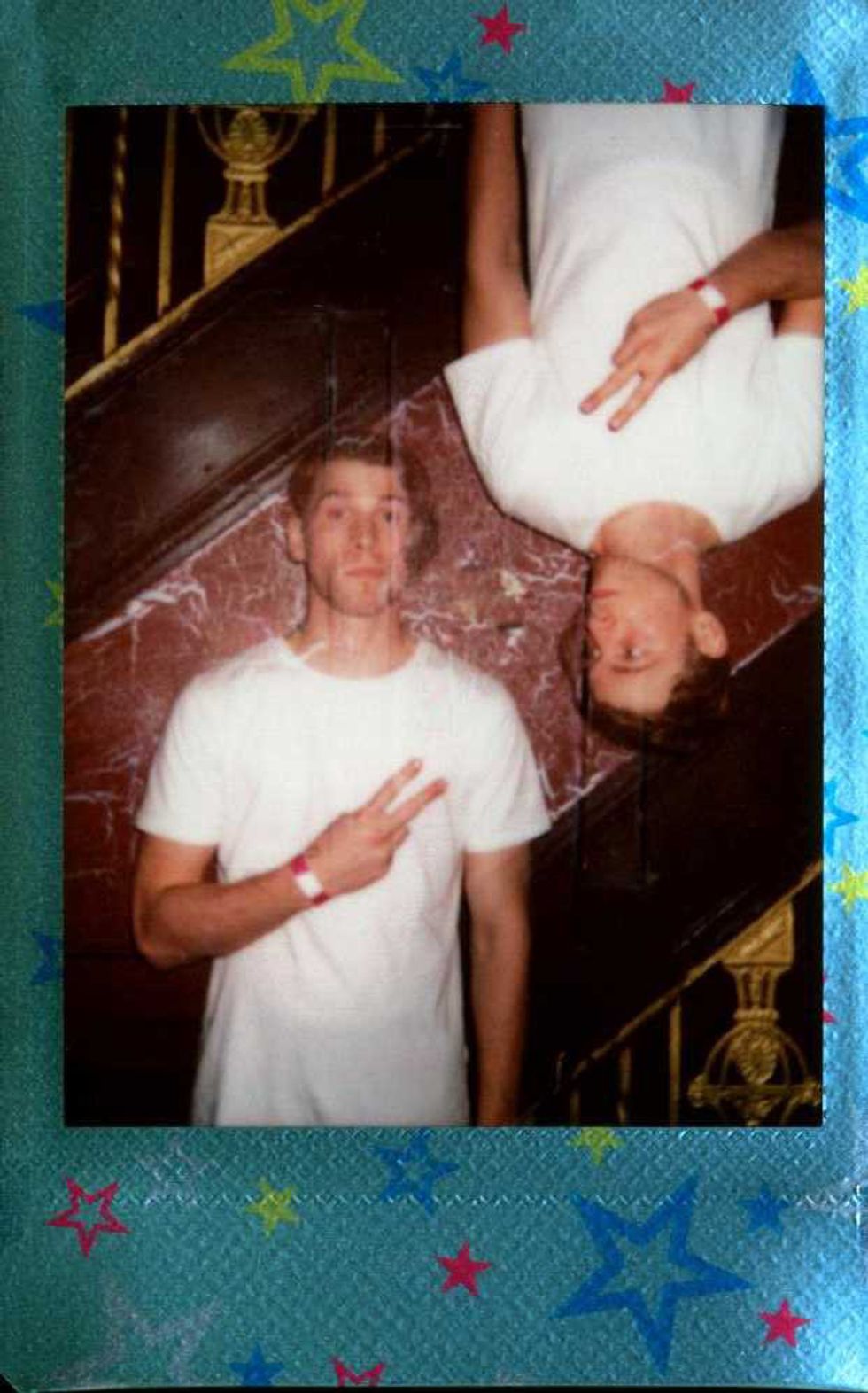For hundreds of years, moments in our lives have been captured on cameras. During the years 1826-1827, it is believed that Joseph Nicephore Niepce took the first surviving photo with a camera. Since that historic moment, millions of photos have been taken on a bevy of cameras of all sorts of shapes and sizes with different features and each one having something another doesn’t. Now for the most part, pictures are taken through two mediums: digital and analog (film). While digital has its advantages and fits with the times, film is still a force.
While the process of taking pictures digitally (with a digital camera) is highly convenient, it is very harmful to society and feeds into its love for the superficial. Today we are a society that demands instant gratification. We are impatient. Digital cameras/photography is a component of this detrimental and flawed machine. Peterson’s book says “my subjects are now able to enjoy the instant gratification of seeing an image in seconds… an advantage only a digital camera can provide” (348). Digital cameras and photography only help us to achieve this destructive vision. People forget that you can’t have what you want, when you want it and that sometimes you must wait!
When shooting with film you dive into an exciting and unique process. There is no instant gratification. You don’t get to see your images seconds after taking a photo, you must wait (unless you're using a Polaroid). You have to develop your film in order to view your pictures. This is also a learning experience. When having to develop film you have to learn the steps of doing so, whereas when dealing with digital everything can be done mindlessly with the click of a button while plugged into a computer; in some cases the process is even done wirelessly, once more helping us give into our unhealthy desire for instant gratification. Many find this process rewarding and even exciting, the process of waiting for your film to develop teaches patience, a dying virtue in the world today.
While the results of digital photography may be desirable, the authenticity of the subject is easily lost. Digital images can be altered so easily, it’s easy to question if an image is what it really is. Hundreds of apps (applications) and programs, such as Photoshop and Afterlight, give you the ability to do almost anything with an image. Evening’s book “Adobe Photoshop” glorifies this process and even gives in depth tutorials/explanations on how to manipulate these methods (232).
While on the other hand film images are completely authentic! Take a disposable camera for instance, when shooting with a disposable camera you are given a limit. Most disposables have 27 exposures (shots) to be used. You have to use your senses to get the right shot; there is no viewing of the image post shoot. The film is then developed and delivered to you unedited in its most pure authentic form. And once you see the images the journey is over.
Dickie says “over the years improvements have been made in equipment to make photography an essentially mechanical process…” (90-91). He goes on to say that it’s now precise and predictable, and these results can only come from digital photography. He says it goes against photographer’s odd and artistic processes.
Although digital images may be readily available faster, film can be done faster with a Polaroid camera, developed by Edwin Land in 1947 (202). A Polaroid is a type of camera that shoots with film and the image is produced immediately. You take the picture and right before your eyes your image is dispensed. Also in today’s world, camera developers will give you not only the physical prints, but a disc with your photos so you can edit them if you wish.
There are many advantages to shooting with film. One of them being cost. Prices are constantly going up in the world around us; these digital cameras can cost hundreds of dollars. The cheapest digital camera is around $30-$50. In 2013 a survey of the most expensive cameras was taken. I was disgusted to learn that the cheapest camera was the Sony Alpha, priced at $3,300, and the #1 hassebladh4 200 MS was listed at $45,000 from a website called the richest. $45,000 for a camera?
Some may complain that film is finite and digital is infinite. For example, with a disposable camera you get 27 frames and some may say that’s not enough. I believe on the other hand that this is a great limit. The clear writing on the top of the camera box tells you that you have 27 exposures, which is 27 chances and 27 moments. It structures you and gives provides discipline. It helps cut out the junk, like when a teacher edits your first draft of an essay. The editing helps you to focus and pull out the important information and leaves the unnecessary out. When shooting digitally, you have so many options and the possibilities seem endless. You end up catching meaningless shots and have no real sense of direction or general purpose, which is fine, but this was not the cameras’ purpose to begin with. What’s the point?













 The minimum wage is not a living wage.
StableDiffusion
The minimum wage is not a living wage.
StableDiffusion
 influential nations
StableDiffusion
influential nations
StableDiffusion











